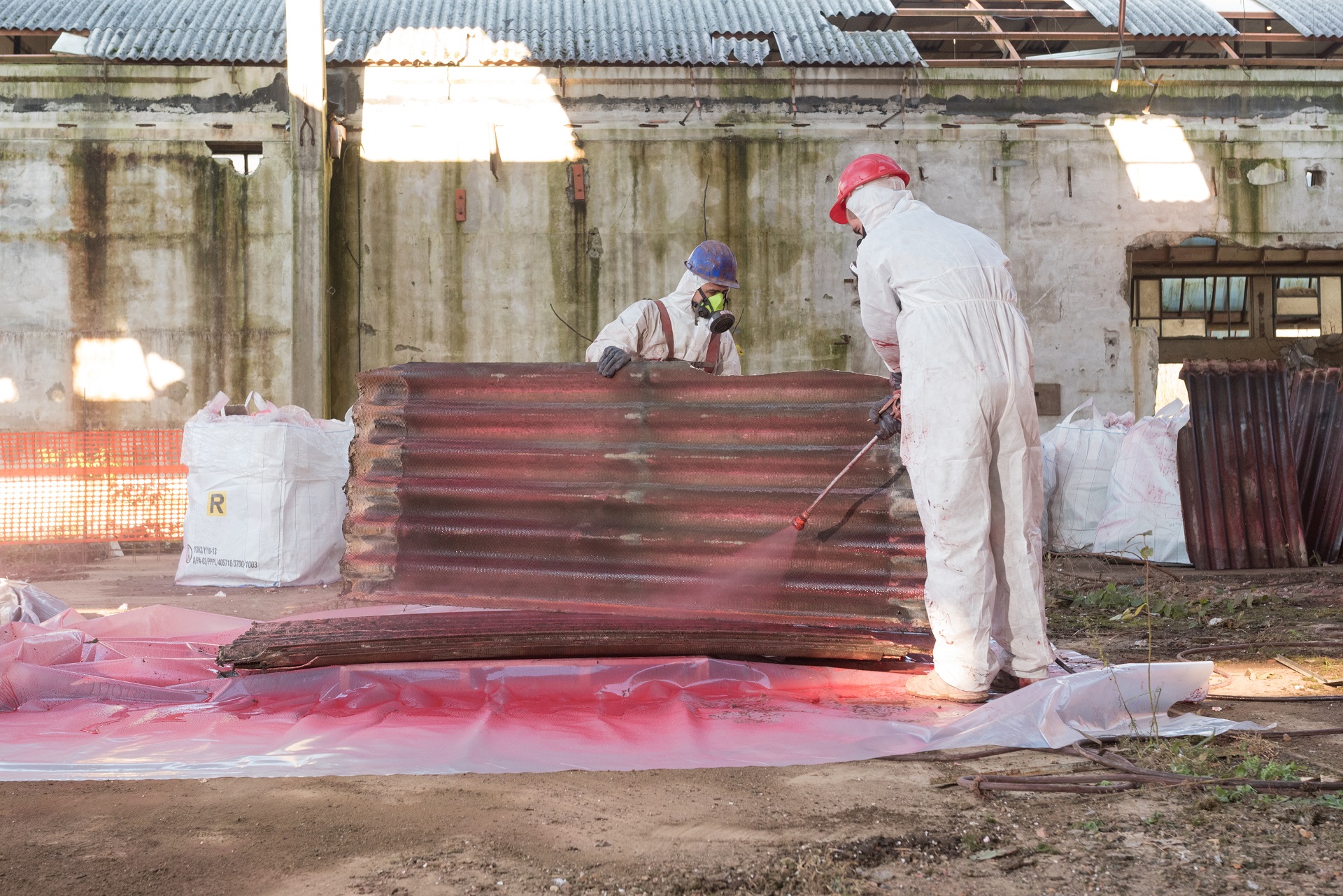
Common Misconceptions About Asbestos and Debunking Them
Due to its durability and ability to resist fire, asbestos has been a popular building material for many years. However, it’s also a dangerous material that creates serious health concerns when its fibres are ingested after becoming airborne. Numerous misconceptions regarding asbestos have emerged over time, posing significant risks to people who are not aware of its genuine nature. To raise awareness and ensure people and communities remain safe, we will examine and dispel some of the most widespread myths about asbestos in this article.
Misconception 1: Asbestos is only found in old buildings
Many people think asbestos is only found in older buildings built before the 1980s. Although, indeed, asbestos was frequently employed in buildings built before this period, it is important to realise that asbestos-containing materials may still be present in newer structures. While asbestos-free alternatives were sometimes chosen, it’s possible that some goods still contained asbestos.
Debunking the Misconception:
Up until the early 2000s, asbestos was still used in a variety of industries, and some nations may still import goods containing asbestos. Furthermore, construction materials put in before the prohibition can still be there, so it’s important to proceed cautiously with any renovations or demolitions. Regardless of the age of the structure, it is always advisable to employ a competent asbestos assessment and removal service.
Misconception 2: Asbestos is only harmful when disturbed
The idea that asbestos is unharmful unless it is disturbed or damaged is another widespread misconception. This misunderstanding can make individuals think it’s safe to ignore asbestos-containing materials.
Debunking the Misconception:
Even without any obvious disturbance, asbestos fibres can become friable (easily broken) over time as a result of ageing, weathering, or other reasons. Additionally, ordinary tasks like drilling, cutting, or sanding in asbestos-containing areas can release harmful fibres into the air, raising the risk of exposure. Regardless of their state, asbestos-containing products must be quickly identified and dealt with.
Misconception 3: Only those directly exposed to asbestos are at risk
There is a misconception that those who handle asbestos-containing materials directly, like construction workers, are the only ones who run the risk of developing diseases associated with asbestos.
Debunking the Misconception:
Long-term exposure puts employees who handle asbestos at higher risk, but asbestos fibres can also be airborne and land on skin, clothing, or hair, exposing people indirectly. If the right safeguards are not taken, those who live close to industrial regions or the families of employees may also be at risk.
Misconception 4: Asbestos in small amounts is safe
Some people believe that even very small amounts of asbestos exposure are safe and won’t affect them.
Debunking the Misconception:
No amount of asbestos exposure is safe. Lung cancer, mesothelioma, and asbestosis can all be brought on by even small amounts of asbestos fibre. Regardless of concentration, asbestos poses health dangers at any level.
To safeguard the general public’s health and advance safety in our communities, it is essential to dispel prevalent misconceptions regarding asbestos. Because it is dangerous, asbestos must be handled with care. Always seek out expert advice from licenced asbestos inspectors and removal specialists if you own an older home or are working on renovation projects. By being aware of the actual dangers posed by asbestos exposure, we can take proactive steps to protect both our own and those around us. Let’s raise awareness of the risks posed by asbestos and cooperate to make the world a safer place for everyone.

